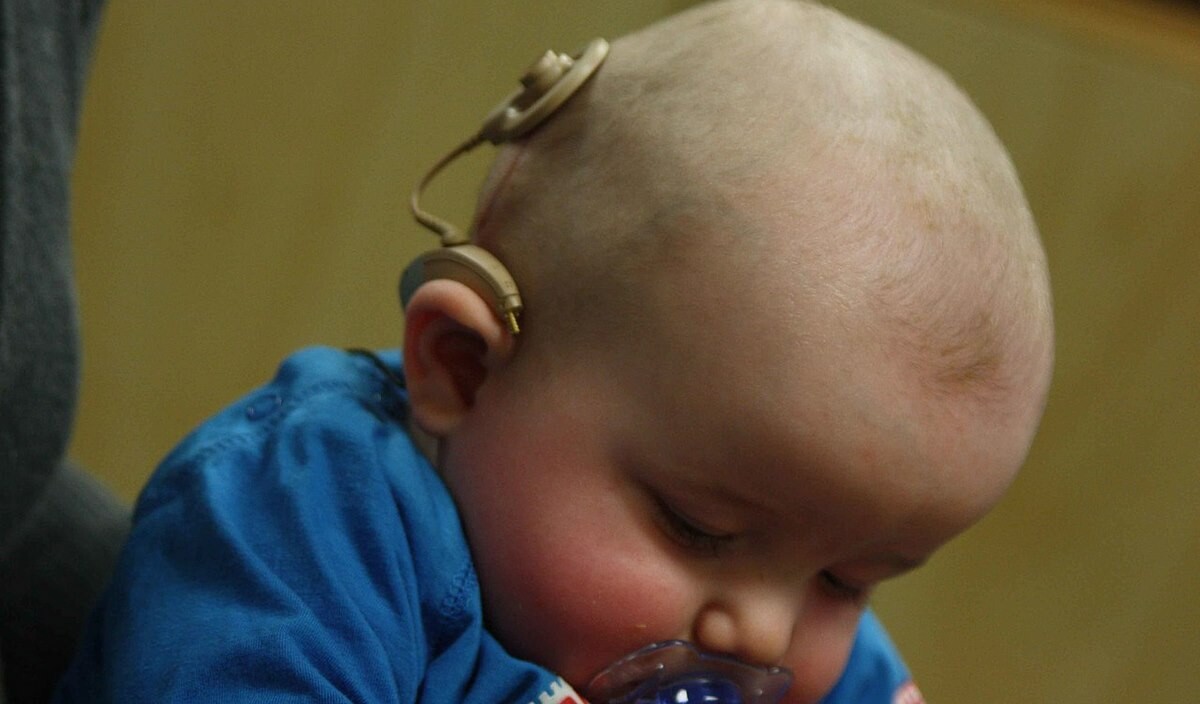In a significant advancement in the field of cochlear implants, biotech engineers have developed the first entirely internal device. This innovative design will enable users to engage in all human activities without worrying about external hardware. Cochlear implants are critical biotech devices that have assisted over a million people worldwide to experience sound. The beneficiaries range from older individuals with deteriorating hearing to infants born deaf or hard of hearing, who require exposure to sound for their social and educational growth.
However, the current designs come with an external hardware component that either sits on top of the ear or around the head. This setup often limits users from participating in strenuous activities and can disrupt sleep due to the device pressing against the temple’s soft bones. Infants, who are not aware of the implant’s importance, often attempt to remove it, leading caregivers and doctors to resort to medical tape or childproof headgear to secure it.
To overcome these challenges, researchers from MIT, Massachusetts Eye and Ear, Harvard Medical School, and Columbia University have created a cochlear implant that is entirely surgically inserted. The design utilizes vibrations from a bone in the middle part of the hearing canal called the umbo.
Creating such a prototype was fraught with difficulties. The team had to develop an ultra-sensitive microphone capable of detecting nanometer-level umbo vibrations while filtering out noise from internal electronics. Additionally, the device had to be resilient enough to endure the dynamic fluid and hot conditions within the human body.
The outcome is UmboMic, a 3-millimeter triangular motion sensor made of polyvinylidene difluoride (PVDF), a ‘piezoelectric’ material that generates electrical charge when compressed or stretched. When placed next to the umbo, its vibrations produce the charge required to power the device.
Karl Grosh, a professor of mechanical engineering at the University of Michigan who was not part of the research, commended the invention’s capabilities as both surprising and impressive in an interview with MIT Press.
The team is now preparing for animal trials with their groundbreaking device.
Source: Good News Network





Leave a Comment